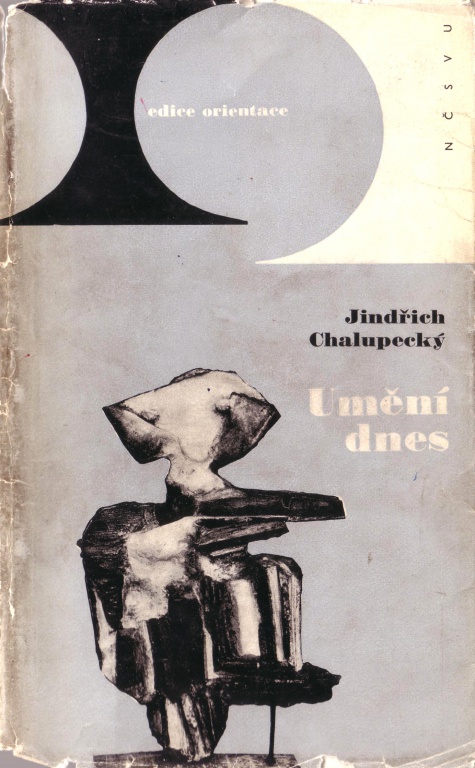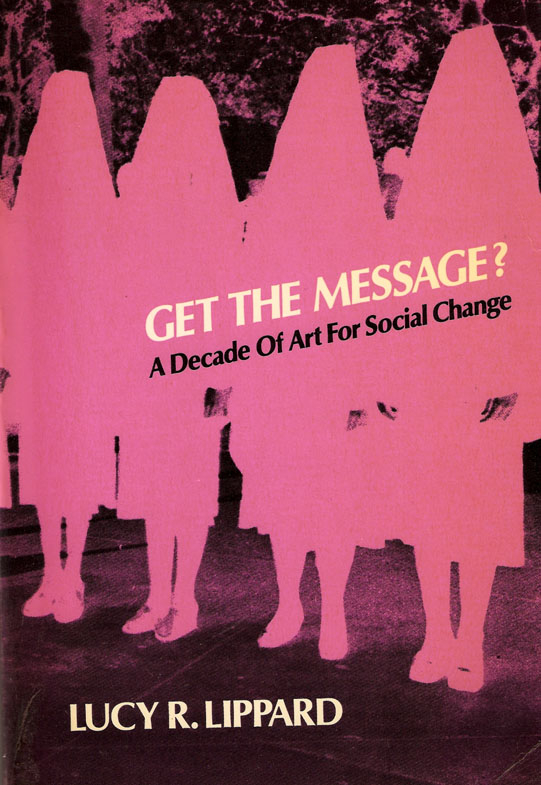Eduardo Paolozzi: As Is When (1965)
Filed under artist publishing | Tags: · machine, pop art

As Is When is Eduardo Paolozzi’s homage to the philosopher Ludwig Wittgenstein created after reading his biography written by George Vaughan Wright. Wittgenstein’s study of linguistic systems coincided with Paolozzi’s love of toys and games and influenced his approach to the “syntax” and “vocabulary” of picture-making. The work began as a series of collages whose components were drawn from Paolozzi’s vast collection of found printed ephemera, which included such diverse materials as Woolworth wrapping paper and clippings from engineering manuals. Each of them was accompanied by quotations from Wittgenstein’s own writings or passages from the biography book.
Paolozzi has described the prints as “a kind of combined autobiography”. The screenprint process was realised by Chris Prater of Kelpra Studio. Paolozzi credits Prater with “reinterpreting a series of collages into a sound homogenous graphic [that was].. highly innovative, highly inventive, or, in some cases, another art form.” The images in As Is When are considered by many to be the first Pop masterworks of screenprint in England. In the U.S., Warhol had only released isolated editions by this point, and important portfolios such as 11 Pop Artists and Grafik des Kapitalistischen Realismus were yet to happen. (Source)
The titles of the prints are as follows (in the order in which appear in the PDF): Poster; Artificial Sun; Tortured Life; Experience; Reality; Wittgenstein the Soldier; Wittgenstein in New York; Parrot; Futurism at Lenabo; Assembling Reminders for a Particular Purpose; The Spirit of the Snake; He must, so to speak, throw away the ladder; Wittgenstein at the Cinema Admires Betty Grable.
Publisher Editions Alecto, London, 1965
Edition of 65
12+1 screenprints
via Tate
Jindřich Chalupecký: Umění dnes (1966) [Czech]
Filed under book | Tags: · abstract art, art, art criticism, art history, art theory, avant-garde, happening, kinetic art, op art, pop art, theatre

A collection of essays on modern art by the eminent Czech art critic and art historian.
“Podoba výtvarného umění se od konce 2. světové války prudce měnila. Ve čtyřicátých letech nastoupily nové nefigurativní směry, označované jako lyrická abstrakce, akční malba, materiálové umění, a nabyly v desetiletí 1950-1960 takového významu, že se abstrakce zdála jedinou možností moderního umění. Ale od začátku šedesátých let se uplatňuje řada tendencí docela jiných a mnohdy překvapivých: pop art, nová figurace, kinetismus, vizualismus…
Tento vývoj byl u nás sledován neúplně a zkresleně. Autor se proto snaží v řadě esejů, které jsou jádrem knihy, vylíčit dramatickou situaci, do níž dospělo moderní umění, a kriticky ukázat původ a smysl tohoto složitého dění. Těmto esejům předesílá informativní přehled vývoje avantgardního umění od abstraktního expresionismu, dada a surrealismu až k nejposlednějším experimentům, jako jsou happenings, v nichž se stupňuje působení uměleckého díla až do divadelních forem, a events, dematerializujících naopak umělecké dílo až v pouhý pomysl. V syntetickém závěru konečně ukazuje sociální a historický smysl současného umění. 64 ilustrací text dokumentuje.” (from the cover)
Publisher Nakladatelství československých výtvarných umělců, Prague, 1966
Volume 3 of Monoskop Unlimited Edition Series
263 pages
PDF (89 MB, no OCR)
For more from Chalupecký see Monoskop wiki.
Lucy R. Lippard: Get the Message? A Decade of Art for Social Change (1984)
Filed under book | Tags: · 1970s, activism, art, art criticism, art theory, avant-garde, collage, dada, feminism, left, photography, politics, pop art

“This book is the third collection of essays I’ve published in a little over a decade. Each of my books has marked the beginning of a specific phase of my life, though not necessarily its end. Changing (1971) was the product of my ‘formalist’ or art-educational period; it consisted primarily of essays written from 1965 to 1968, with a few late additions foreshadowing my next book-Six Years: The Dematerialization of the Art Object.. (1973). From the Center (1976) and Eva Hesse (1976) documented my developing conversion to feminism, which expanded all the possibilities that had seemed to be closing down in the ‘cultural confinement’ of the early 1970s. Get the Message? is the result of a need to integrate the three sometimes contradictory elements of my public (and often private) life-art, feminism, left politics. Owing to publication delays, only two essays from the last two years are included.” (introductory note from the author)
Publisher E.P. Dutton, 1984
ISBN 0525480374, 9780525480372
343 pages
via fiona
Review: Fred Pfeil (Minnesota Review, 1985).
PDF (19 MB)
Comment (0)
